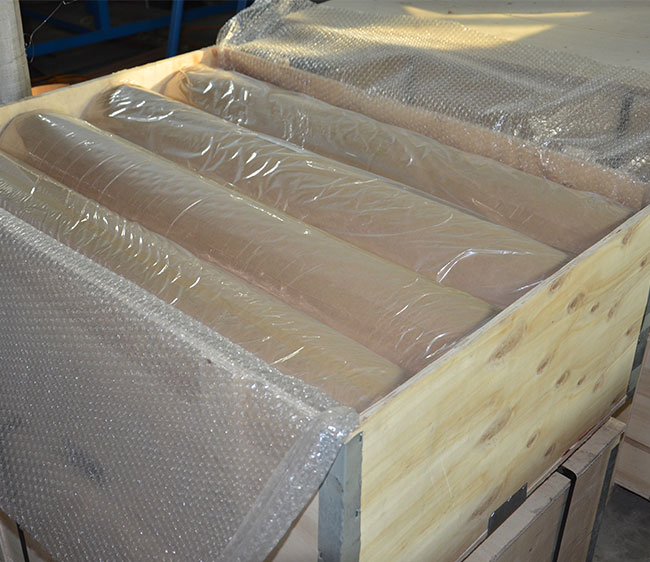nov . 08, 2024 07:08 Back to list
Durable and Reliable Wire Mesh Fencing for Cattle and Livestock Protection
High-Quality Wire Mesh Cattle Fences A Comprehensive Guide
When it comes to managing cattle and other livestock, providing a safe, secure, and effective fencing solution is paramount. A high-quality wire mesh cattle fence not only ensures the safety of your animals but also helps maintain the integrity of your farm. In this article, we will explore the advantages of using wire mesh for cattle fencing, the various types available, and tips for installation and maintenance to ensure longevity and durability.
Advantages of Wire Mesh Cattle Fences
1. Strength and Durability One of the most significant benefits of wire mesh cattle fences is their strength. Made from high tensile steel, these fences are designed to withstand harsh environmental conditions and resist wear and tear from animals. This durability means less frequent replacements, saving you time and money in the long run.
2. Visibility Wire mesh fences provide clear visibility, allowing you to monitor your cattle easily. This feature is particularly important for ensuring that animals remain within designated areas and can help prevent potential escape attempts.
3. Versatility Wire mesh can be used for various types of livestock, not just cattle. Whether you are raising sheep, goats, or even poultry, a high-quality wire mesh fence can accommodate numerous farming needs. It can also be adapted to different terrains, making it suitable for uneven or hilly landscapes.
4. Animal Safety Many high-quality wire mesh designs feature small openings that prevent animals from getting stuck or injured. This consideration is critical for maintaining the health and safety of your livestock.
5. Cost-Effectiveness While the initial investment in high-quality materials may be more substantial than some traditional fencing options, the durability and low maintenance of wire mesh make it a cost-effective solution over time. Fewer repairs and replacements translate into lower overall costs.
Types of Wire Mesh Cattle Fences
1. Welded Wire Fencing This type features wires that are welded at intersections, creating a very sturdy structure. Welded wire fences are known for their reliability and are often used in commercial operations.
high quality wire mesh cattle fence

2. Hog Wire Fencing Hog wire fencing is a variant that consists of heavier gauge wire with larger openings at the base and smaller openings higher up. This design effectively keeps cattle in while preventing pigs or smaller animals from escaping.
3. Hinge Joint Fencing Also known as stock fencing, this type uses a series of vertical and horizontal wires connected by hinge joints. It is flexible yet strong enough to contain cattle while allowing for some give when animals push against it.
4. Barbed Wire Top or Bottom Some ranchers opt for barbed wire on the top or bottom of a wire mesh fence for added security. This combination can deter large animals or predators from trying to breach the fence.
Installation Tips
1. Plan Your Layout Start by marking the boundaries where you want the fence to be installed. This planning phase will help you determine the amount of material needed and the overall design.
2. Choose the Right Posts Using sturdy posts is critical to the strength of your fence. Wooden posts are popular, but metal T-posts can be more durable and require less maintenance.
3. Spacing and Tension Ensure that the spacing between posts is consistent, typically around 8 to 12 feet. Proper tensioning of the wire mesh is crucial to prevent sagging and to maintain the fence’s integrity.
4. Regular Maintenance Routine checks for rust, damage, or loose wires will help keep your fence in top condition. Regular maintenance can extend the life of your wire mesh fence significantly.
Conclusion
A high-quality wire mesh cattle fence represents an investment in both the safety of your livestock and the overall operation of your farm. With various types available and numerous advantages, these fences not only serve as a physical barrier but also contribute significantly to your farming efficiency. By carefully considering your fencing options, planning your installation, and regularly maintaining your fence, you can ensure a safe and effective environment for your cattle for many years to come.
share
-
Premium Stainless Steel Netting Mesh Discount & ODM Stainless Steel Wire Mesh Solutions
NewsJun.24,2025
-
High-Quality Screen Stone for Modern Stone Screen Walls Elegant Facade Solutions
NewsJun.10,2025
-
High Quality Wire Filter – Cheap Stainless Steel Filter Wire Mesh Cloth & Wire Mesh Filter Solutions
NewsJun.10,2025
-
5 Micron Water Filter Cartridge - Premium Sediment Filtration, Universal Fit
NewsJun.10,2025
-
High Quality CE-Certified Gabion Boxes with OEM Options
NewsJun.10,2025
-
20x20x2 Air Filter High-Efficiency Dust Filtration for Clean Air
NewsJun.10,2025

